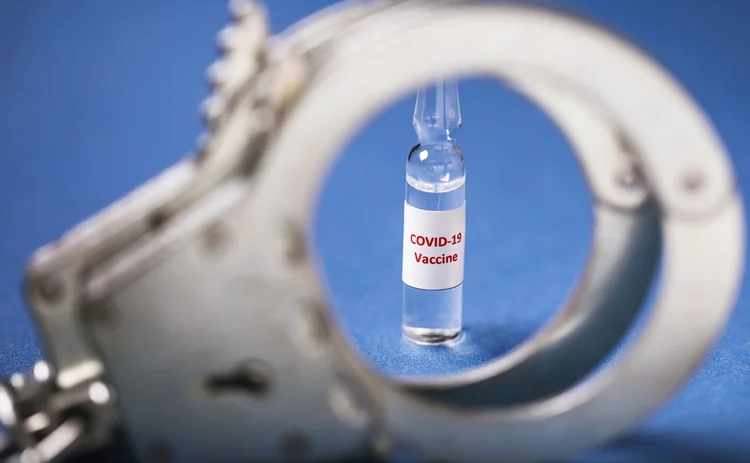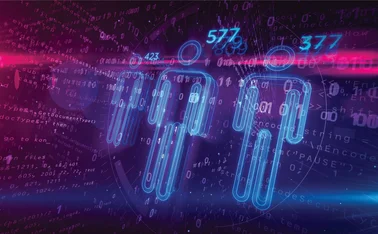Fraud-busting in the new ‘normal’: keeping costs and false positives down post-COVID
Fraudsters are profiting from the pandemic, while financial firms’ fraud-detection systems are swamped with false positives. As firms adjust to a new ‘normal’, graph analytics and supervised and unsupervised models can help them keep pace with criminal behavior.

In modeling and
Sorry, our subscription options are not loading right now
Please try again later. Get in touch with our customer services team if this issue persists.
New to Chartis Research? View our subscription options
If you already have an account, please sign in here.
More on Financial Crime
Risk.Live Europe 2025: 3LoD Culture Clash
In yet another outstanding event in London, Risk.Live gathered hundreds of risk practitioners from buy-side and banking firms, regulatory bodies and innovators, all united by a shared goal: to transform the way we think about risk.
Next-Generation Case Management for Financial Crime Risk Management
A collaborative article by Chartis and NICE Actimize.
Model Risk in Anti-Money Laundering Programs
How the principles of SR 11-7 can help banks strengthen BSA/AML compliance.
FRAML and beyond – fighting crime, the integrated way
A collaborative article by Chartis and NICE Actimize.
Moving to modular: developing a holistic anti-FinCrime system
A collaborative article by Chartis and AML Partners.
You need to sign in to use this feature. If you don’t have a Chartis account, please register for an account.
Sign in



